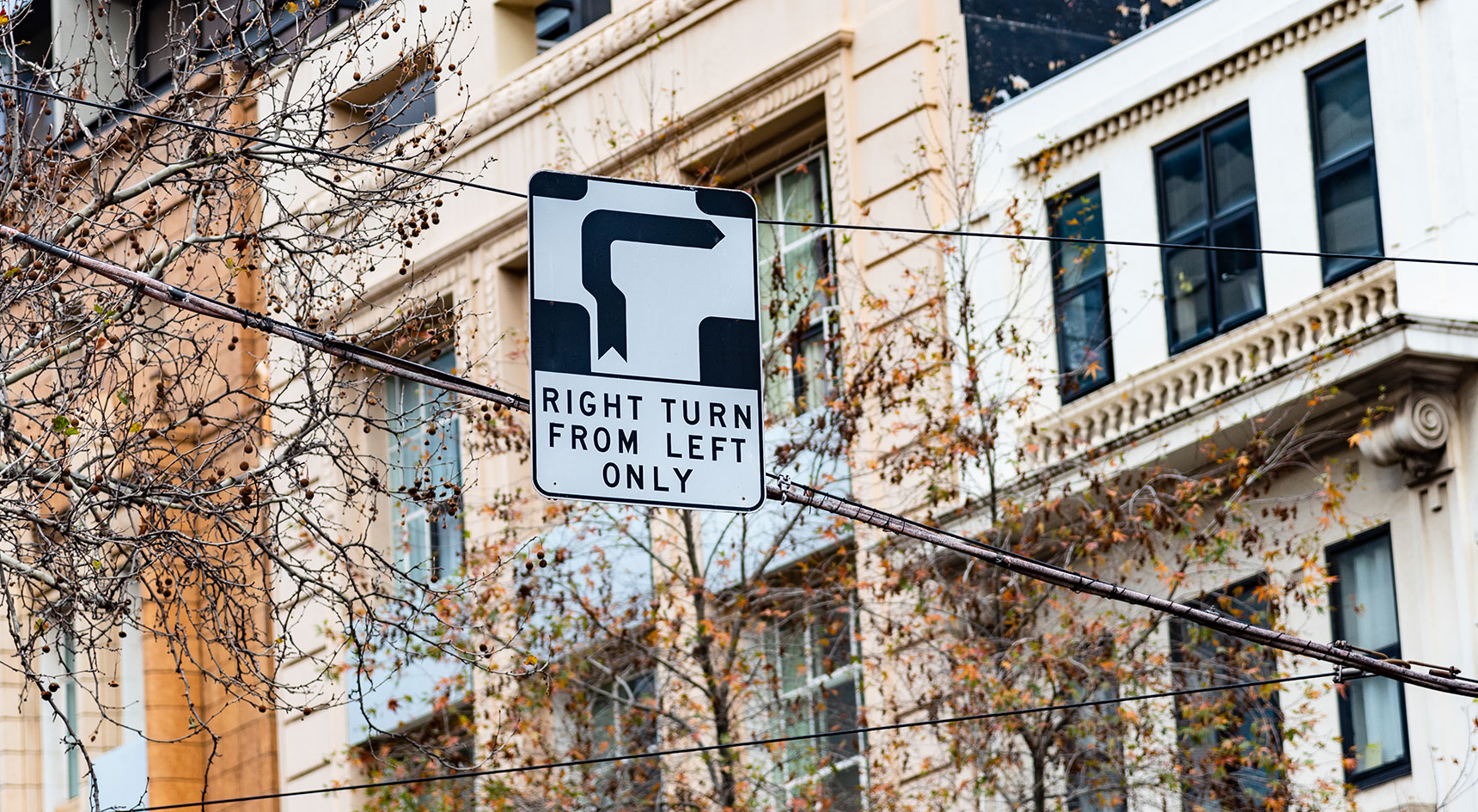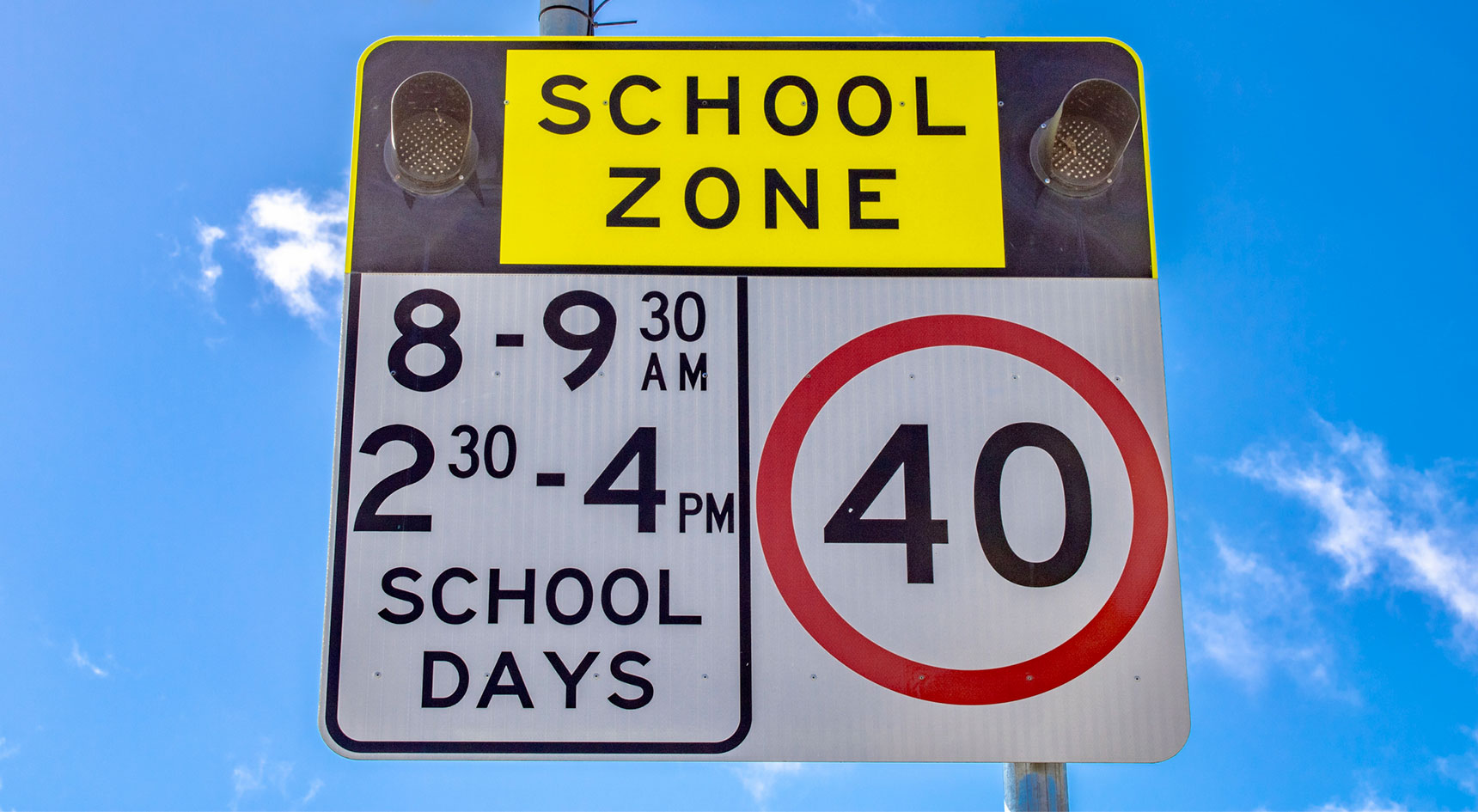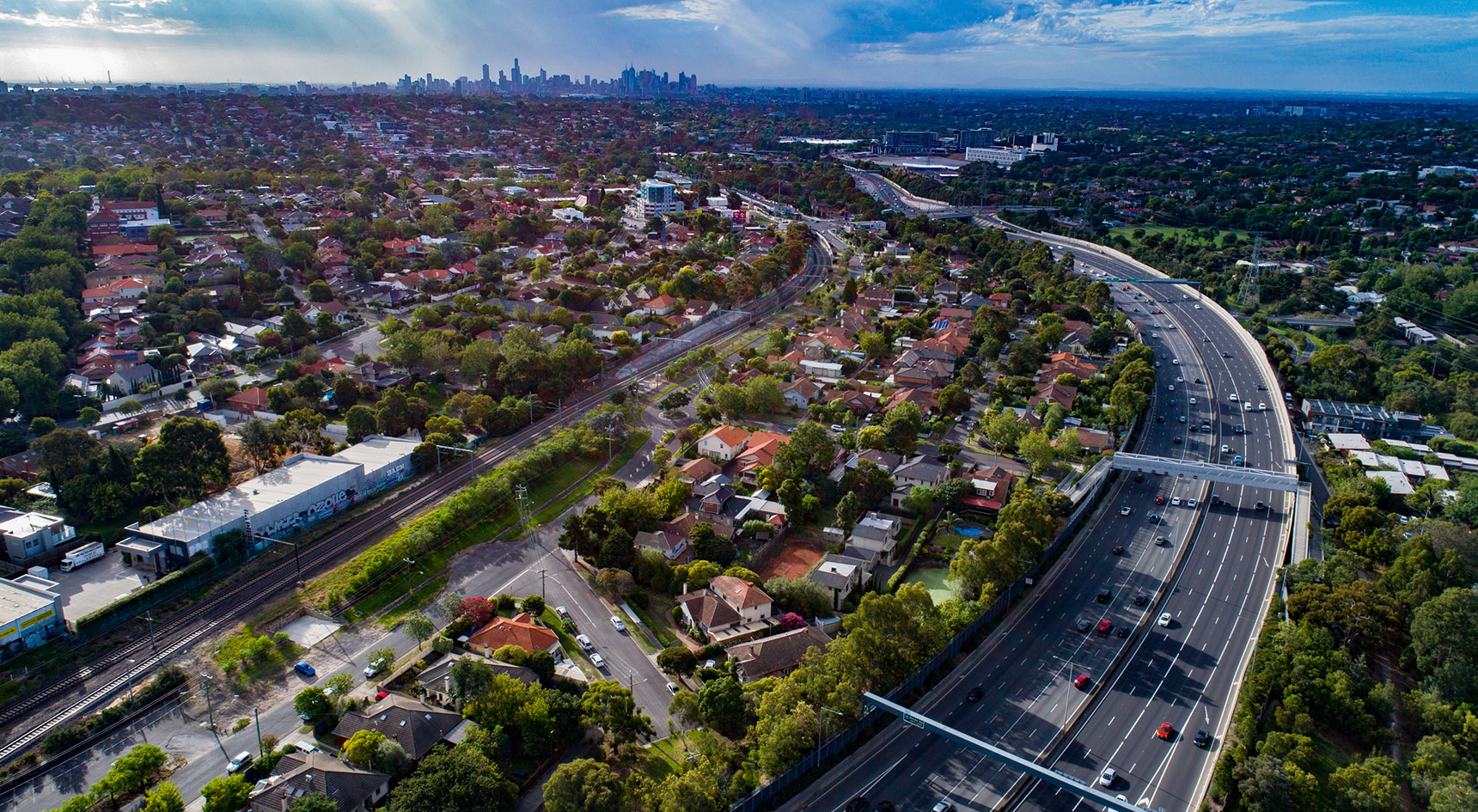By Sasha Oelsner
Published: Tuesday, November 28, 2023
As soon as you drive across the border between Australian states and territories, some driving rules and laws change.
Road laws are the responsibility of each state and territory, and most are built upon the Australian Road Rules model. Thankfully we’ve all agreed to drive on the left, but there are a few important differences you need to remember if you’re driving interstate – and then heading home again.
U-turns at traffic lights
South Australia: Have you ever been sitting at an intersection and gasped in disbelief as an out-of-towner does a U-turn at a set of lights? In South Australia, cracking a u-ey is not permitted at any set of traffic lights unless otherwise signed – this signage is rare. One rare U-turn permitted sign is on North Terrace at the entrance to the carpark of the Adelaide Convention Centre.
Other states: This rule is common across almost all of Australia. However, if you want to get your u-ey fix, head to Victoria. Here you can go round in circles at all intersections including traffic lights, unless there’s a ‘no U-turn’ sign.
Hook turns

South Australia: If you haven’t driven a lot interstate, you might ask yourself, what is a hook turn?
Also known as a ‘hang turn’, this manoeuvre sees a driver go left, to go right. The motorist pulls into the far left lane, waits patiently until the traffic lights indicate that it’s safe to turn, then the driver completes a hook turn right across all lanes of traffic.
Once upon a time, hook turns were the standard way to turn right in Australia. They have been phased out across most of country, with South Australia discontinuing this manoeuvre in 1950. These days, if you want to turn right at an intersection in SA, you pull into the right-most lane and follow the lights or regular road rules.
However, Adelaide metro buses are permitted to do hook turns in the Adelaide CBD where space or congestion is an issue.
Other states: Victoria is the lone Australian state that not only permits hook turns but enforces them. The hook turn was designed by Victorians to help the flow of traffic and allow uninterrupted tram passage in Melbourne CBD, and it continues to this day.
While it may feel uncomfortable to pull left to turn right, it’s important to follow the road signs to avoid a collision with a tram or with locals who are accustomed to the rules. You’ll find hook turn signs where trams operate, and the route delineated on the road to guide drivers to where they need to stop while waiting for a suitable gap in traffic before turning right. The penalty for making an incorrect turn in Victoria is a $192 fine and 2 demerit points.
Speed limits

As we’ve established, having a consistent set of rules just isn’t how we do things in Australia, so naturally speed limits differ from state-to-state. Here’s a handy guide to help you know the speed limits for full licenced drivers in South Australia and the rest of the country.
| State/territory | School Zone (km/h) | Emergency Service speed zone (flashing blue/red lights)(km/h) | Built-up area default (km/h) | Rural area default (km/h) | Highest speed zone (km/h) |
|---|---|---|---|---|---|
| South Australia | 25 whenever children are present within the zone | 25 | 50 | 100 | 110 |
| Australian Capital Territory | 40 between 8am and 4pm weekdays | 40 | 50 | 100 | 100 |
| New South Wales | 40 with most operating between 8-9:30am and 2:30-4pm on school days | 40 | 50 | 100 | 110 when west of the Newell Highway |
| Northern Territory | 40 on times shown on sign and only on school days | 40 | 60 | 110 | 130 (no longer unrestricted maximum speed limit) |
| Queensland | 40 or 60 depending on the road's maximum speed limit. Most operate 7-9:30am and 2-4pm on school days | 40 | 50 | 100 | 110 |
| Tasmania | 40 | 40 | 50 | 100 | 110 |
| Victoria | 40 or 60 depending on the road's maximum speed limit. Some are permanent 40km/h zones and others operated between8-9:30am and 2:30-4pm on weekdays | 40 | 50 | 100 | 110 |
| Western Australia | 40 on school days, mostly between7:30-9:30am and 2:30-4pm | 40 | 50 | 110 | 110 |
Always be careful to check the speed-limit signs when you’re travelling interstate.
We also suggest you slow down when passing flashing yellow lights, too.
Driving on toll roads
South Australia: The first and last tolled road in South Australia was discontinued in 1847, 53 years before the first petrol-driven car was introduced on our roads. All that’s left at the base of the South Eastern Freeway is a tiny brick building and a motel paying homage to the old horse and cart tollway. South Australia doesn’t have toll roads, so we need to be extra careful to avoid fines and penalties when we drive in other states.
Other states: Toll roads are found in New South Wales, Victoria and Queensland. It’s not like in the movies with multi-lane cars banked up for miles. All toll roads in Australia are tolled electronically and are cashless, meaning you may be driving on one and not notice.

Frequent toll-road users generally use an e-TAG attached to their front windscreen and funds are automatically deducted from the prepaid account associated with the tag. If you’ve hired a car, make sure you check what toll road arrangements are covered and decide whether you would benefit from a toll package.
If you’re driving your own car and don’t have an e-TAG, you should buy a day pass, either in advance of or up to three days after travelling through the toll. This can be done via phone, online or via the Linkt app, with a few other options available depending which state you are travelling in. If no e-TAG or day pass is detected, the system will check your number plate against a government motor registration database to identify and locate you. Don’t get caught out – avoid a fine or additional fees by paying within a few days of travelling through the toll.
Back home
Now that you’ve travelled interstate, you’ll have to re-remember the rules you know so well in South Australia. To jog your memory, check out the recently updated Road Rules Refresher Pocket Guide, or pick up a copy at an RAA shop.